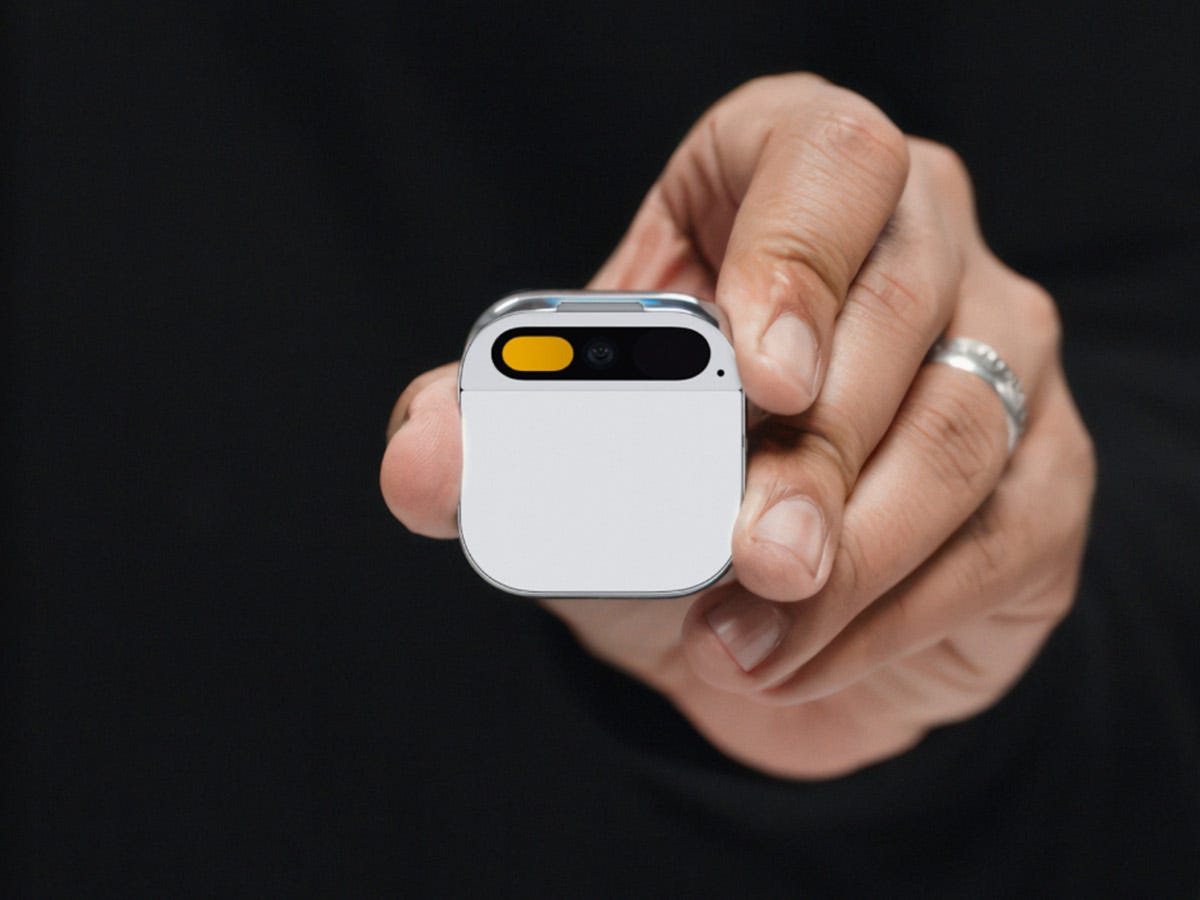
The rise of AI-powered wearable devices is altering our way of life, work, and even sleep. Artificial intelligence is making everyday devices into powerful personal assistants, such as fitness trackers that can tell when you’re getting tired and smart glasses that translate speech in real time. And the expansion? It’s massive. By 2032, the wearable AI market is expected to reach over $260 billion, up from $38 billion in 2024. In a nutshell, AI wearables are no longer just fashionable accessories; rather, they are becoming an indispensable component of modern life. Let’s find out what’s causing this boom and how these gadgets are changing daily routines, productivity, and health.
Why AI-powered wearables are so popular Health Meets Technology
The rising demand for intelligent health monitoring is the primary driver of the AI wearable device boom. Think about how your smartwatch does more than just tell the time. It tracks your heartbeat, your sleep quality, your stress levels, and even alerts you when it notices something unusual.
AI takes all that data and turns it into meaningful insights. It learns your habits, anticipates potential health problems, and suggests actions to take before they occur. For instance, some AI fitness bands now have features that can literally save lives, such as the detection of fatigue, dehydration, or irregular breathing.
What used to necessitate a comprehensive medical examination can now take place quietly on your wrist. Smarter Exercises and Individualized Fitness Do you remember the common fitness advice like “10,000 steps a day”? That is conventional. Based on your actual performance, AI wearables create customized fitness plans. They are able to evaluate your recovery time, recommend the workout intensity that will give you the most energy, and even improve your nutrition. Machine learning is now used by apps like Fitbit Premium, Apple Health, and Garmin Coach to change plans every day. It’s like having a personal trainer who never sleeps. AI wearable devices have exploded in popularity among athletes and everyday users as a result of this. How Smarter AI Wearables Are Getting From obtaining data to making decisions in real time Early wearables were data collectors, storing data without really “understanding” it.
Many devices can now process data locally without sending everything to the cloud thanks to edge AI. Better privacy, faster feedback, and greater independence from your phone are all benefits of this. Imagine a wearable device that silently recommends breathing exercises and analyzes your patterns of stress during a meeting without requiring an internet connection. This is where the AI wearable device boom really shines: helping people instantly make decisions that are healthier and smarter rather than just collecting data. Beyond Fitness: Everyday Performance with AI AI wearables are reaching far beyond the fitness industry. With guided overlays and safety alerts, smart helmets and augmented reality glasses assist workers in performing complex tasks in the workplace.
Earbuds powered by AI can dynamically block out distractions, detect focus levels, and translate languages in everyday life. With AI wearables, even mental health apps can now track changes in mood and offer relaxation tips. Wearable AI has basically transformed itself from “nice-to-have gadgets” to “must-have digital companions.” The Future of AI-Powered Wearables Smarter, smaller, and more like people The goal of AI wearable devices in the future is to seamlessly integrate into our lives. We’ll see wearables that are much more powerful but smaller: In place of bulky watches, smart rings glasses with AI assistants built in, Wearables that keep an eye on your body’s temperature and hydration.
Wearables will become less noticeable as their sensors become more advanced and power-efficient, supporting us in the background without requiring our attention. Challenges to Come Naturally, no boom is without its ups and downs. Data security and privacy are still major concerns. Who else might have access to the information that your wearable knows about you, from your heartbeat to your location? On-device AI and encrypted data processing are being developed by businesses to address this issue, but users must still exercise caution when sharing information. Cost is another obstacle; advanced AI processors and sensors are expensive, which may restrict access in developing regions.
AI and the cloud: the future’s superpowers I believe that AI and the cloud will be inseparable by 2026, working together as the primary driver of innovation across all sectors. Businesses will be able to move faster than ever before thanks to the flexibility and intelligence provided by AI models, which will increasingly live and evolve in the cloud. At the same time, I am persuaded that secure and long-lasting cloud infrastructures will serve as the foundation for ethical AI use worldwide. This partnership, in which the cloud functions as the brain and devices function as the hands that bring intelligence to life, will be crucial to the development of AI wearables, smart homes, and even healthcare in the future. Final Thoughts: AI Wearables’ Everyday Power The boom in AI wearable devices is more than just a tech trend; it is also a change in lifestyle. In the future, your watch will be able to tell you when you’re stressed, your earbuds will help you learn languages, and your shirt will tell you to drink water. It’s personal, effective, and applicable. Additionally, these devices will only get better at comprehending what we require, frequently before we even realize it ourselves, as AI continues to advance.
